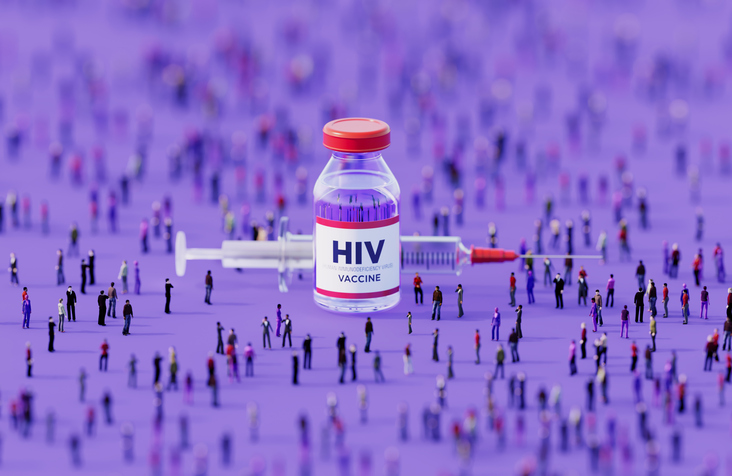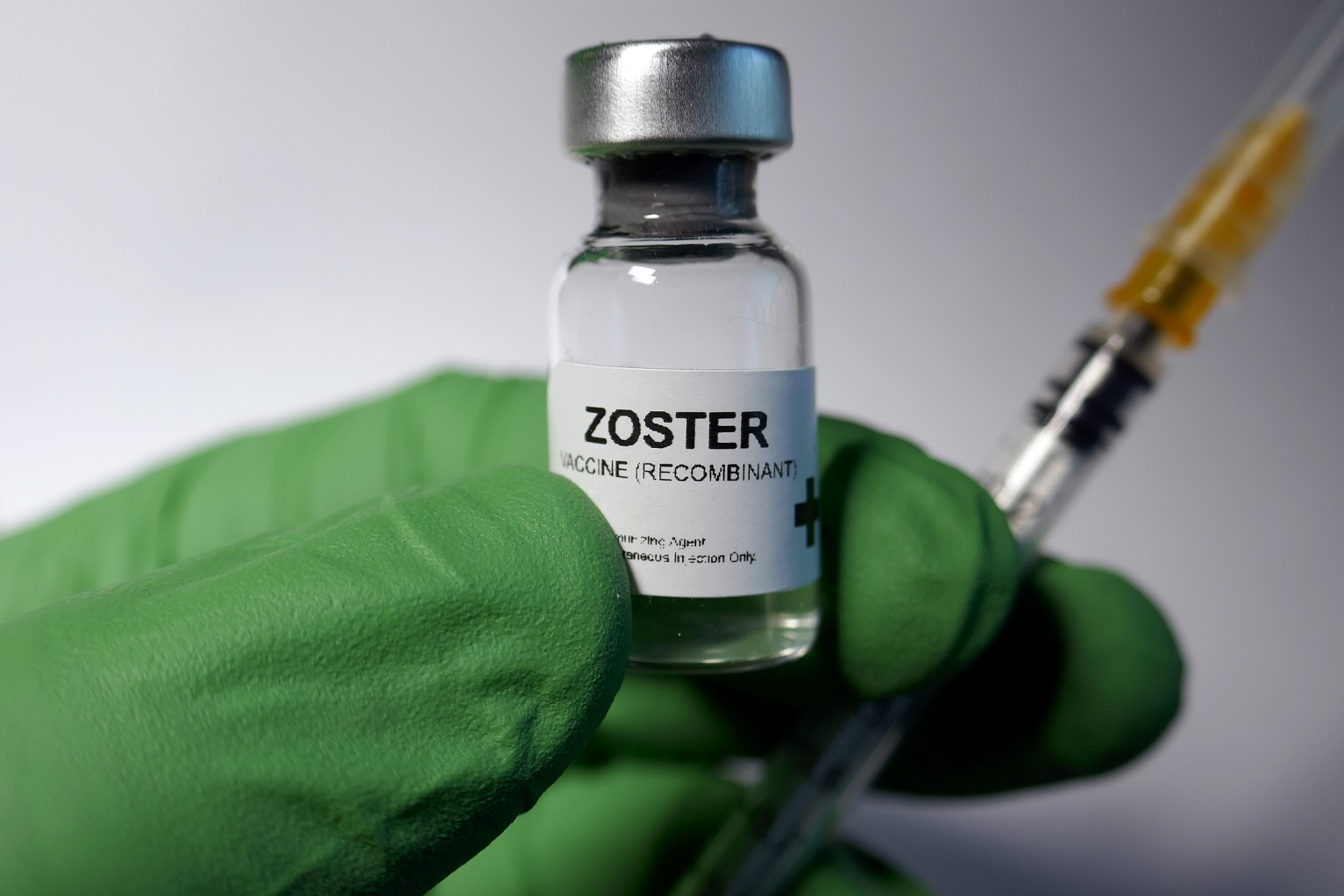On Apr. 15, 2025, the U.S. Centers for Disease Control and Prevention (CDC) published an analysis in its epidemiological digest Morbidity and Mortality Weekly Report (MMWR) which found the prevalence of autism spectrum disorder (ASD) among children eight years old in the United States to be 1 in 31 (3.2 percent).1 2 3 4 5 6
The analysis is based on data collected in 2022 by the surveillance program known as the Autism and Developmental Disabilities Monitoring (ADDM) Network in 12 states (Arizona, Arkansas, California, Georgia, Indiana, Maryland, Minnesota, Missouri, New Jersey, Pennsylvania, Tennessee, and Texas) and the U.S. territory of Puerto Rico.6
The new estimated rate of ASD, which ranges from 1 in 38 (2.6 percent) in Maryland to 1 in 19 (4.5 percent) in California, represents a 14 percent increase over the 1 in 36 rate (2.3 percent), based on 2020 data published by the CDC on Mar. 24, 2023. Previous ASD prevalence estimates ranged from 1 in 2,500 to 1 in 1,000 during the 1990s; 1 in 150 in 2000; 1 in 110 in 2006; 1 in 88 in 2012; 1 in 54 in 2016 and 1 in 44 in 2018.7 8 9
In a press release, U.S. Secretary of Health and Human Services Robert F. Kennedy, Jr. characterized the “autism epidemic” as “running rampant.”3 He noted:
One in 31 American children born in 2014 are disabled by autism. That’s up significantly from two years earlier and nearly five times higher than when the CDC first started running autism surveys in children born in 1992, opens in a new tab.3
Secretary Kennedy specifically cited the 1 in 20 prevalence for boys in the U.S. and the 1 in 12.5 for boys in California.3
Minority Children More Severely Affected
According to the MMWR report, minority children were more severely affected by autism. In the 2022 survey, Black, Asian, and Hispanic children had a higher overall ASD prevalence (3.66 percent, 3.82 percent, and 3.30 percent respectively) than White children (2.77 percent). Minority children were also more likely to have a more severe form of autism than White children. Black, Asian, and Hispanic children had either severe or borderline intellectual functioning (78.9 percent, 66.5 percent, and 63.9 percent respectively), compared to 55.6 percent of White children.3 6
While the corporate media and most medical and public health professionals have consistently sought to attribute the rising prevalence of autism among American children to “improved diagnosis and services and more inclusive diagnostic criteria,”7 the Department of Health and Human Services now acknowledges that these cannot be the sole causal reasons.3
“The autism epidemic has now reached a scale unprecedented in human history because it affects the young,” Secretary Kennedy said. “The risks and costs of this crisis are a thousand times more threatening to our country than COVID-19. Autism is preventable and it is unforgivable that we have not yet identified the underlying causes. We should have had these answers 20 years ago.”3
If you would like to receive an e-mail notice of the most recent articles published in The Vaccine Reaction each week, click here.
Click here to view References:1 Edwards E. Autism rates have risen to 1 in 31 school-age children, CDC reports. NBC News Apr. 15, 2025.
2 Hesman Saey T, Sanders L. Autism rates rose again. Experts explain why. ScienceNews Apr. 21, 2025.
3 Press Release. ‘Autism Epidemic Runs Rampant,’ New Data Shows 1 in 31 Children Afflicted. U.S. Department of Health and Human Services Apr. 15, 2025.
4 Smith A. Autism Rates Hit Record High, With One in 31 Children Affected, CDC Reports. Rutgers University Apr. 15, 2025.
5 Tin A. Autism rate rises to 3% of children in CDC study. CBS News Apr. 17, 2025.
6 U.S. Centers for Disease Control and Prevention. Prevalence and Early Identification of Autism Spectrum Disorder Among Children Aged 4 and 8 Years — Autism and Developmental Disabilities Monitoring Network, 16 Sites, United States, 2022. Mortality and Morbidity Weekly Report Apr. 17, 2025; 74(2): 1–22.
7 Cáceres M. There is No Autism Epidemic? The Vaccine Reaction June 13 2022.
8 Hobley N. U.S. Autism Rate Rises to One in 44 Children. The Vaccine Reaction Dec. 19, 2021.
9 TVR Staff. U.S. Autism Rate Rises to 1 in 36 Children. The Vaccine Reaction Apr. 3, 2023.













21 Responses
Yes. $5 billion later in wasted research dollars still no answers. Stop the “find the gene” madness! No genetic disease epidemics.
Agree! For autism to be primarily genetic in nature, the rate of incidence simply cannot surpass the population growth rate. The numbers indicate autism has grown exponentially and therefore there are other factors at play. This focus solely on genetics is ridiculous.
Always spot on Kennedy comes with the receipts and states what we should all see as obvious. To have not hammered down the cause/a for autism is ludicrous and failure is not should never have been an option. The facts are there now weust publish them so they are readily available. My question is “Will anyone be held accountable?” How about everyone serving on ACIP to begin with!
That data was from three years ago. It has to be much worse now as this is an accelerating trend. So it must be vaccines causing most of the problems as their use has also been accelerating. It fits together like a glove on a hand.
How does the HHS fix this? Blame vaccines? No, that will not happen. What will happen is that the definition of autism will be altered to eliminate vaccines as being the main cause.
How the HHS redefines autism will allow for them to blame it on something else like the environment or foods or spooks from outer space. Who knows? Big pharma will escape the guillotine once again. It will pay off the right people as it always does.
Right on!!
Always spot on Kennedy comes with the receipts and states what we should all see as obvious. To have not hammered down the cause/s for autism is ludicrous and failure is not, should never have been an option. The facts are there so now we must publish them, make them readily available to every person seeking answers. Noore digging for facts. Let the truth prevail! My question is “Will anyone be held accountable?” How about everyone serving on ACIP to begin with!
I have wondered for some time if the rise in autism is not only due to various vaccines but also due to mixed nationalities. Growing up, Polish people married Polish, Italian married Italian. In today’s world people have such a mix of nationalities it’s hard to say if a certain disease was associated with one nationality in their country of origin. I think it’s something that should be investigated.
The health care industry administers vaccines which CAUSE medical issues. Then provide
solutions. . .for ridiculously expensive prices.
Nothing new here
Oregon has had the highest % of autism forever.
To date, no interest save for the child and parents who suffer
as they try to deal with it
If RFK Jr. can find a cause of autism that is removable, then the autism rate should start trending downward after a few years. It does not matter whether the cause is a vaccine (MMR?), a drug (acetaminophen?) or a pesticide (glyphosate?), or all of the above. If he cannot turn around the trend in the rate of autism, then his effort will be in vain.
And all the media coverage on measles while this is happening with autism and crickets chirping.
There is no need for me to comment as I am labeled a conspiracy theorist anyway. I just say it’s the shots that the children are being bombarded with.
But of COURSE it couldn’t POSSIBLY be related to all of those ‘safe and effective’ shots that kids are required to get, could it? (tongue-in-cheek response).
Smdh…this is absolutely, without a doubt, a major crime against humanity.
Vaccine Injury ‘Unprecedented in Human History,’ Now Reaches 1 in 31 Kids in America
There, I fixed it.
They call neurological injury from vaccines “autism”, and they call death from vaccines SIDS.
They refuse to call it what it truly is as if we are all stupid.
I’ve been tracking autism rates since 2005, which have consistently gone up 10% a year since that time. That doesn’t even include the havoc created by the COVID vaccine, which will likely accelerate things. Even using the more conservative linear projections, the rate will be 10% of children in 30 years. See https://www.amylansky.com/updated-article-about-autism-incidence-and-causes/
We must not forget all the pesticides used in growing our food and other contaminants in our environment that affect us all, especially children! Look at all the health issues caused by glyphosate and other manufactured toxins. Each generation and their children have more health issues than the one before .
They try to blame everything else like climate change, the various types of pollution in our environment, EMF… but then autism should be happening to ALL of us not just the children who are the victims of these every increasing number of shots.. 😢
Look at the INSANE VACCINE SCHEDULE.
94 by age 18? Really?
Shut it all down and watch what happens. Really! No way out of this but process of elimination…save the unvaccinated to care for all of this population. AI cannot be caregivers. Humans must remain human caregivers with empathy no machine can provide. The systems are in place to do this; HMO’s especially. Stop the adverse neurological damage=STAND!
MMR shot given at 18 months contains benzyl alcohol, derived from petroleum a.k.a. BENZENE.
Hepatitis B contains PMSF,
phenylmethylsulphonyl fluoride, which is a petroleum product containing fluoride which binds to any protein contamination in the final vaccine.
Every person of every race has a CYP450 pathway which is how drugs and toxins are metabolized; so some can clear the toxins and others simply cannot, which might explain target population exposures being higher in percentage in some races.
This is our God given immunity and populations being erased.
One reason the scientific community rejects vaccines as a cause of autism is that autopsies of autistic people have shown disruptions in brain development that can only happen before birth. However, the theory in the following link would explain that phenomenon (along with explaining why autism risk so often goes hand in hand with vaccine sensitivity):
https://hormonesmatter.com/tale-two-autisms-folic-acid-gene-silencing-estrogen/
If anyone is doing their job?? Including RFK Jr. Why hasn’t he addressed this?? Doesn’t this take you back? About 11yrs ago I can remember Dr Wakefield and Dr B. Hooker both studied and concluded that MMR (what had been studied at the time) vaccines causes autism and on top of it all found the results had been the same for over a decade previously but the results had been covered up and/or re-written…Resulting in Total corruption at CDC and anyone that had a couple of brain cells working surmised we had been lied to and not to trust/take the vaccines and especially the one for our children…Am I missing something here?!!
Now all the parents get to deal with something similar to living with out of control felons and invalids freshly released from incarceration at penal centers, mental institutions, or both. Don’t worry, the same companies whom harmed the children are standing by with proprietary patented treatments and excessive cost programs to ‘manage their care’.
When you’re already autistic and get another shot; Level up!